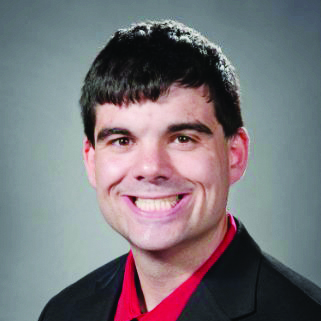By Brian Riley
Co-News-Editor
On Nov. 7-8, Post the School of Continuing Education will be offering an opportunity to improve students’ marketability and process management skills through a Lean Six Sigma certification course.

Courtesy of Brian Galli
The course is open to the public, at $450 per person. There is not a final registration date, however, registration before Nov. 4 will guarantee you a seat. This course is being offered by The School of Continuing Education in conjunction with Six Sigma US, which is a global organization.
The ball began to move on this offering when Brian Gali, a professor in the computer science department, became a full-time professor and met with Robert Valli, Dean of the College of Management. They have a mutual interest in bringing workshops to Post.
“Six Sigma is a continuous improvement methodology that focuses on reducing variations and creating more standardization surrounding processes,” Galli said.
Six Sigma is about making a process as efficient as can be. This can be applied to manufacturing like an assembly line, or the order in which you do things to come to school in the morning, on a personal level. Six Sigma specifically focuses on finding possible deviations, and eliminating them. There is also a variant to Six Sigma that is called Lean Six Sigma, which has a lot of the same terminology, but focuses on wasted time.
The two-day course will be a Yellow Belt certification in Lean Six Sigma, which is a combination of the certifications. A yellow belt is still at a relatively introductory level belt. The certifications begins with a white belt, and once a student improves then the student receives yellow belt, following with a green belt, to a black belt, and finally to a masters black belt. For the course, Galli has planned a simulated project where students will, “reduce variation in the Six Sigma world and then reduce the waste from the Sigma world.”
This course will introduce students to some of the tools and terminology used by Six Sigma. During the first few hours of day one, students will get an overview of Lean, and Six Sigma. After lunch, all of the time left will be spent on the Six Sigma tools, such as cause and effect diagraming, process mapping, and FMEA’s which was created within a spreadsheet, to help anticipate what might go wrong during the process. The following day will be spent on the Lean tools, such as spaghetti diagrams, which is a chart that displays product flow.
Galli, who has taught this course before at Stony Brook University, is predicting a 90 percent course success rate, based on his past experience teaching the course. Although Galli has not decided, he is considering giving a final assessment at the end of the course.
Although the price might seem steep, Galli believes it is well worth it. He said, “It helps make students more marketable, employers are looking for students who have the ability to think critically beyond what they learn in textbooks.” He added, “These are skill sets that not only will help you professionally, but personally.”
For example, one of the exercises he has planned will test this: early in the day students will be timed while they assemble five Lego cars following a specific set of instructions. After they are taught some of the tools, the same exercise will be done, but they will be allowed to build the cars the way they want. From Galli’s past experience, the second trial is usually faster.
This course is made up of students from LIU Post, LIU Brooklyn, and NYIT. Because this is the first time the course has been offered, the rate will remain the same but that is subject to change. The price is a combination of the royalties that Post has to pay to Six Sigma U.S. for the actual course materials, the annual licensing fee, and catered food.
There are currently less than 20 students registered, but Galli believes the final number will be in the mid-twenties. Galli has already had to change the location once to accommodate all of the students. Currently, the course will be held on one of the top floors in the library.
Students can pay with a check, in cash, or check or by credit card. It will be possible for students to pay in increments; however, the course must be fully paid for by the day of the course.







Be First to Comment